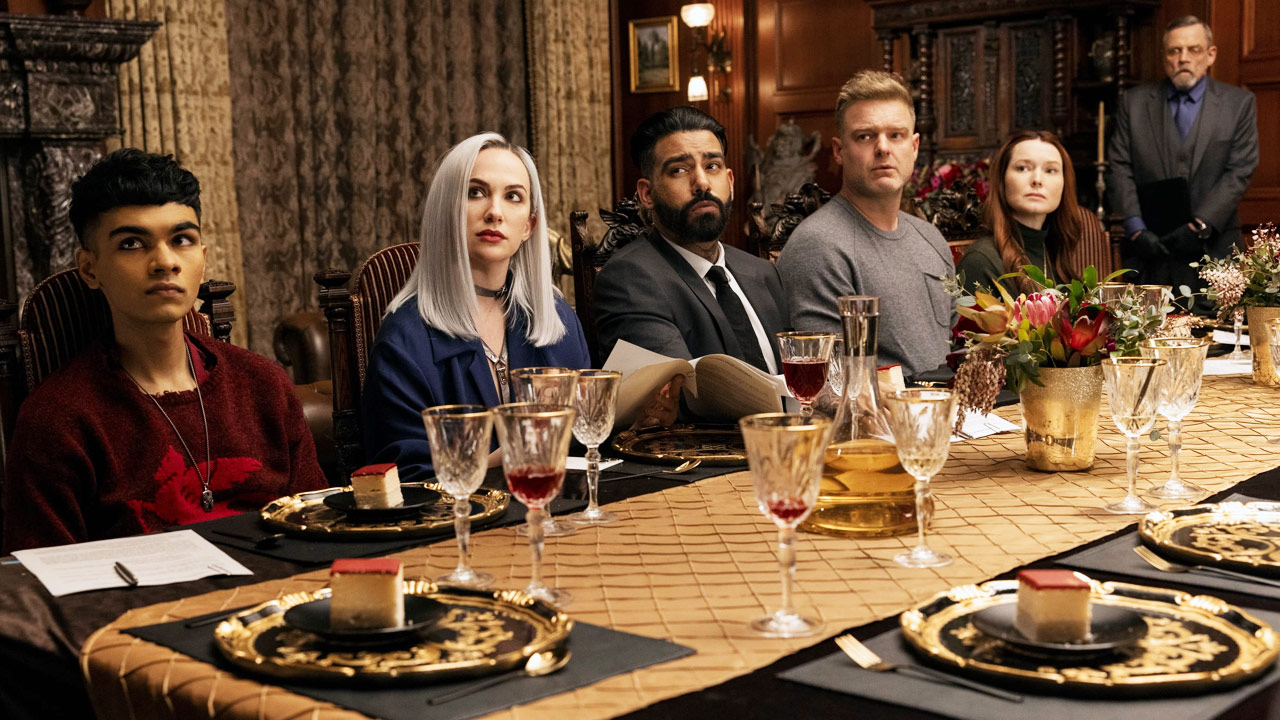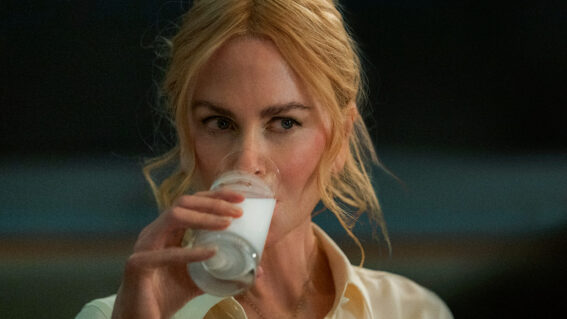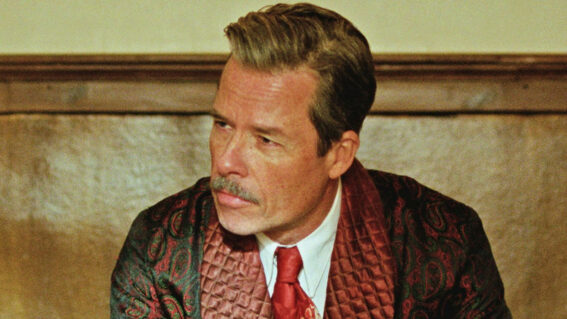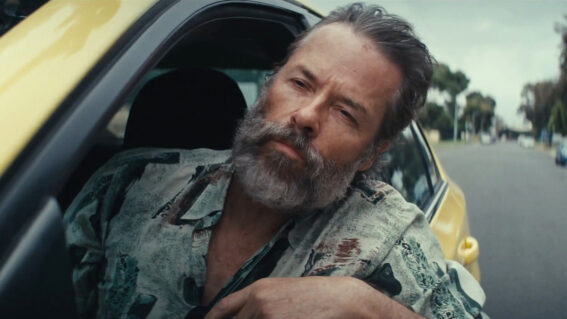At its best, The Fall of the House of Usher mixes Gothic drama and Giallo style

We’re all drowning in content—so it’s time to highlight the best. In her column, published every Friday, critic Clarisse Loughrey recommends a new show to watch. This week: Mike Flanagan’s latest horror series for Netflix, The Fall of the House of Usher.
The nameless narrator of Edgar Allan Poe’s famous short story, The Fall of the House of Usher, arrives at the ancestral seat of the secretive, enigmatic Usher family and is immediately overcome with a horror that bears no trace. “I know not how it was—but with the first glimpse of the building,” he describes. “A sense of insufferable gloom pervaded my spirit.” It’s a convenient way, too, to describe Poe’s writing at large. To read his work is to breathe in the thick fumes of misery, of grief, jealousy, and murderous intent.
I was surprised, then, to learn the news that horror director Mike Flanagan was adapting The Fall of the House of Usher to screen, as part of his trilogy of reimagined takes on literary classics, alongside Shirley Jackson’s The Haunting of Hill House and The Haunting of Bly Manor (based on Henry James’s The Turn of the Screw, alongside a handful of his other works).
Flanagan’s trademark is Poe’s polar opposite—a small, flickering candle of humanity cradled in the darkness. Both his films and television shows are overwhelmingly sincere, with bittersweet conclusions that stand apart from Poe’s woeful tales of crumbling mansions, cries from beyond the grave, and guilty men driven to madness.
Poe and Flanagan are such an unnatural pairing that the hope was that it would produce something entirely new in the latter’s oeuvre. And that is, to an extent, true. As a (regretful) Flanagan skeptic, I can’t say that I’ve come out of the other end of The Fall of the House of Usher converted to the cause. But it is one of his most interesting projects to date.
The eight-episode Netflix series, much like The Haunting of Bly Manor, works in a number of Poe’s both famous and obscure works. The Roderick Usher (Bruce Greenwood) of Flanagan’s imagination is a Sackler stand-in, the CEO of pharmaceutical company Fortunato, whose opioid Ligadone has caused a nationwide epidemic. We also meet C Auguste Dupin (Carl Lumbly), the detective in three of Poe’s stories, who serves here as the attorney who brought Fortunato to court over its misleading claims that Ligadone wasn’t addictive.
We begin with a funeral, as Roderick buries the last of his six children, all dead by mysterious means. He then summons Dupin to his dilapidated, childhood home with the promise that he’ll confess his crimes. In a series of flashbacks, where Roderick is played by Zach Gilford, we learn of how he claimed his position at the head of the table and the role that was played by his conniving sister Madeline (Mary McDonnell and Willa Fitzgerald).
We hear how each of his children—PR attack dog Camille (Kate Siegel), “Xbox Gatsby” Leo (Rahul Kohli), party tyrant Prospero (Sauriyan Sapkota), unethical doctor Victorine (T’Nia Miller), lifestyle guru Tamerlane (Samantha Sloyan) and Succession-style “eldest boy” Frederick (Henry Thomas)—met their fate. One death modernises The Masque of the Red Death, another The Pit and the Pendulum, and a third The Tell-Tale Heart. Traditional phantoms are translated into AI technology. We meet the family lawyer, Arthur Pym (a nicely Igor-ish Mark Hamill), who covers the Ushers’ tracks. A mysterious woman, who’s really just Carla Gugino acting up a storm, weaves in and out of the destruction.
What hasn’t changed is Flanagan’s verboseness, which I’ve found more likely to obscure emotions than clarify them. Case in point: Roderick, at one point, quotes Poe’s famous line, “All that we see or seem, is but a dream within a dream”, then adds an “for example”, and continues to talk for several minutes. Poe captured that feeling of pure futility in 13 words. It did not need to be expanded upon. There are some painfully on-the-nose references to Trump, too. Really, it can sometimes feel like a lot of words to really not say that much at all.

However, now that Flanagan’s been liberated from the responsibility of showing kindness to his typically empathetic, but tragic, protagonists, he’s able to let loose a little. The Fall of the House of Usher’s death sequences are exquisitely staged by Flanagan and his co-director, Michael Fimognari, in streaks of electric madness and gory practical effects.
At its very best, the show manages to conjure its own modern concoction out of Gothic drama and Giallo style and allows Flanagan to bridge some of the gap between his own vision and Poe’s. Is it the best modern adaptation of The Fall of the House of Usher? No—that would still be Guillermo del Toro’s Crimson Peak, an ideal marriage of director and material. But does it prove that Flanagan, as an artist, can change and evolve? Absolutely.



















